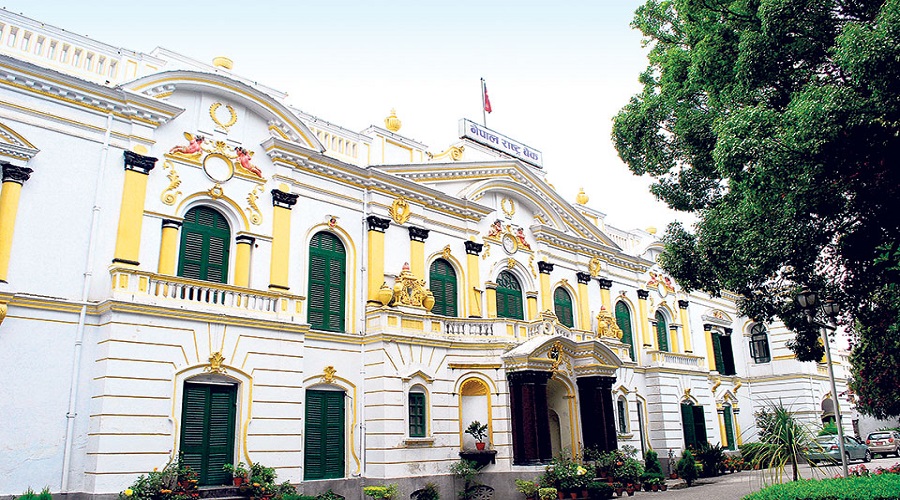KATHMANDU: In an effort to encourage significant mergers of commercial banks, Nepal Rastra Bank (NRB) has announced that it will offer a number of benefits to the combined entity if they complete joint transactions by mid-July.
The central bank amended the Unified Directive 2022 on Tuesday, adding provisions primarily for banks that had begun the merger process but had not yet begun joint operations as of mid-January.
The NRB has announced a six-point offer that would extend the time period for the combined entities to continue issuing loans in certain industries by one year.
Furthermore, if the credit-deposit ratio has exceeded the predetermined threshold, the combined banks will be given an additional six months to correct it.
The NRB also states that the high level officers of the unified banks will have a shorter cooling off period.
High ranking bank officers are currently prohibited by NRB regulations from joining other banks and financial institutions (BFIs) before six months have passed since leaving their current position.
In the same way, if the combined entity’s interbank interest rate exceeds the regulation’s limit, the NRB will give it a year to lower it.
The central bank will also grant the unified banks an additional margin on the ceiling of their deposit collection of five percentage points.
According to the NRB’s revised unified directive, “they do not need to seek central bank approval if they wish to merge their branch offices that are located within one kilometer of each other.”. .
In 2011, the NRB passed Merger Bylaws, and starting in the 2016–17 fiscal year, it began pressuring BFIs to merge. 184 BFIs have chosen merger or acquisition during the time frame.
Commercial banks have decreased from 33 to 21 as of mid-March 2023. 64 microfinance organizations as well as 17 development banks and finance companies each are in operation.

